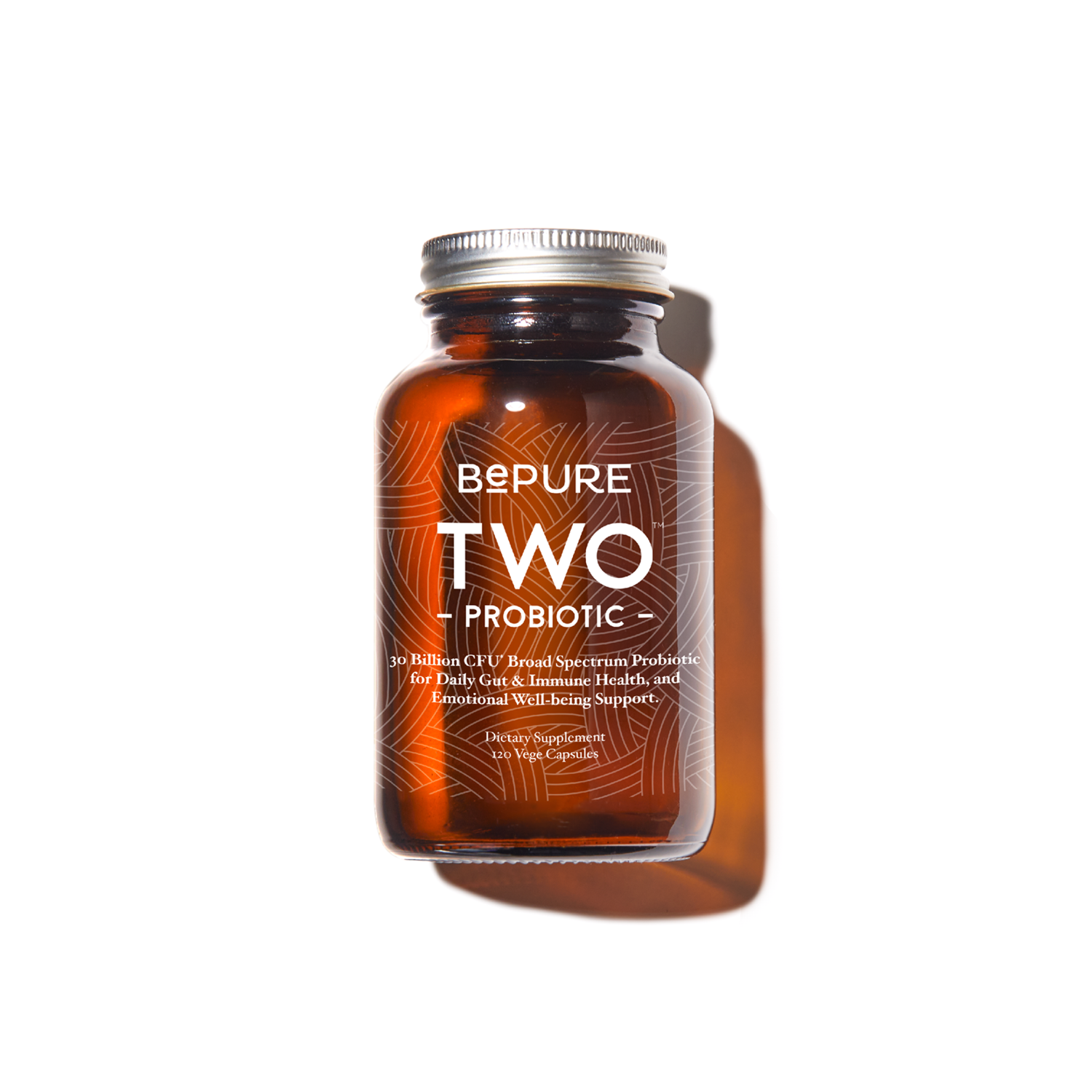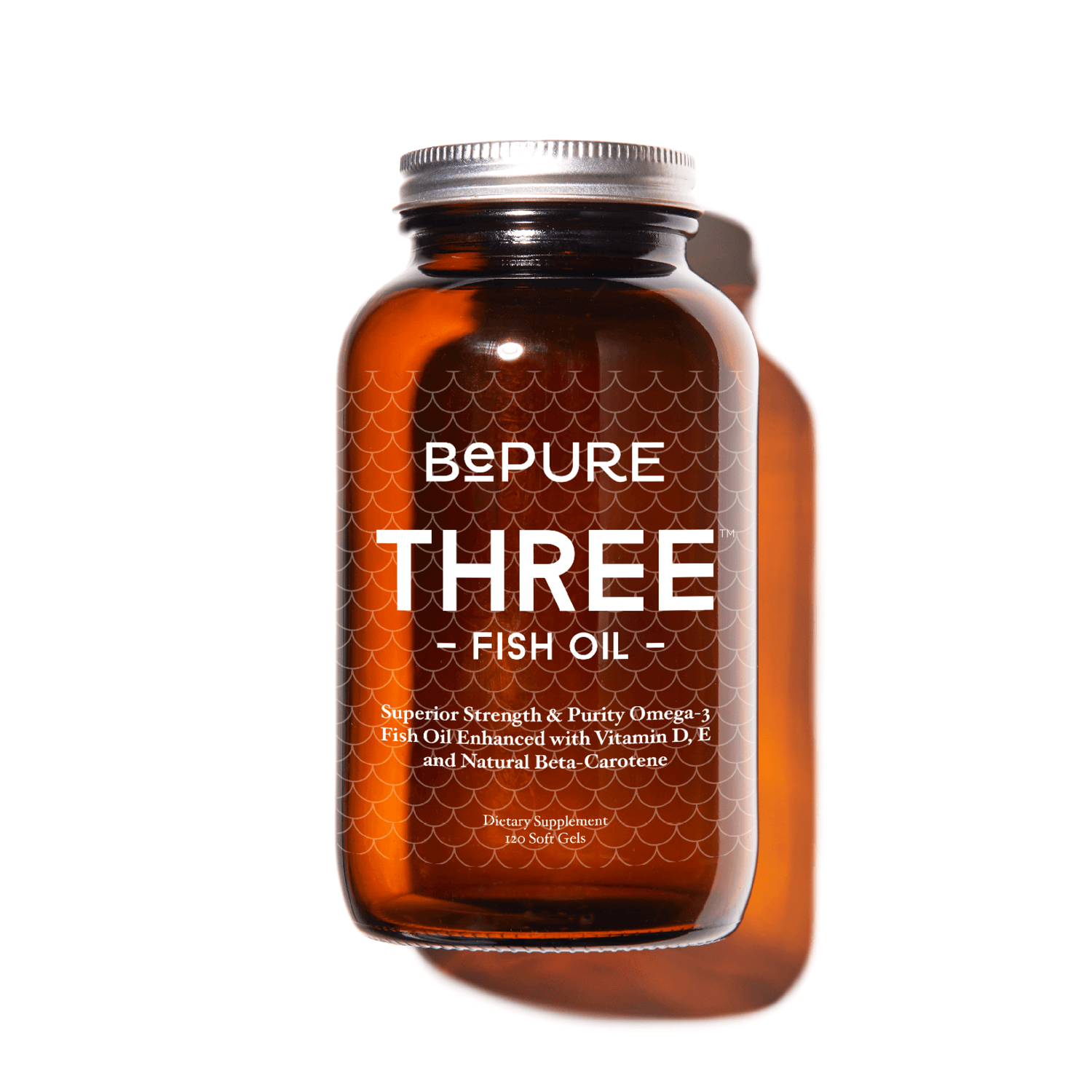You might have noticed we use the term ‘bioavailability’ a fair bit and in a few different ways.
We use it to talk about different tricks and food combinations you can—and should—use to get the most nutrients as possible out of your food. But we also use it to talk about why we use certain vitamins and minerals together in our products.
'Bioavailability is a nutritional principle that says certain foods require something additional to boost the nutrition or absorption.'
So, just what is bioavailability? What foods go well together, and what handy tips can you use in your kitchen to improve your health and nutrient status?
1. Rashers with a side of Vitamin C (the weekend brunch hack!)
Love a good bacon rasher or two with your weekend brunch? As many of you will know, bacon invariably contains the not-so-good guys: nitrates.
However, when bacon is consumed with an antioxidant like vitamin C, it can help convert the harmful 'nitrates' into helpful 'nitric oxide' which is more beneficial for your cardiovascular system. Win-Win!
2. Crack some pepper into your curry and turmeric latte
Have you heard this one before but wondered why on earth would you add pepper to a turmeric latte? Turmeric is an anti-inflammatory super food but to get the nutritional benefits it needs to be paired with piperine and a source of healthy fats.
Piperine is a key chemical in black pepper that helps with the absorption of curcumin; the active ingredient in turmeric.
So, when making a turmeric latter or a curry containing turmeric, add a little crack of black pepper and a dash of coconut cream and voila, you've got access to all these lovely bioavailable nutrients.
3. Lemon juice dressing with your leafy greens
The vitamin C in lemon juice helps your body to absorb the plant-based iron from leafy green foods such as kale, rocket, spinach and watercress.
'The vitamin C in lemon juice helps your body absorb the plant-based iron.'
Our favourite way to accommodate this bioavailability hack is to make a fresh vinaigrette with lemon juice, apple cider vinegar and olive oil.
4. Drizzle tomato-based dishes with olive oil
This one is pretty simple. Fat, when added to tomatoes, increases the bioavailability of their most potent nutrient; lycopene. If you make bolognese sauce, or a fresh tomato salad, drizzle olive oil over the top just before serving.
5. Marinate your meat in kiwifruit
This one is a very tasty—and little known—hack that is great for BBQs in the warmer months! Kiwifruit contains natural digestive enzymes such as protease that begin the breakdown of proteins in meat. If you feel heavy or sluggish after eating red meat, try putting a couple of slices of kiwi fruit on top of your steak for thirty minutes before cooking.
'Kiwifruit contains natural digestive enzymes such as protease that begins the breakdown of proteins in meat.'
6. Steam your cruciferous vegetables
This hack is especially important if you have a thyroid condition. Studies have found that steaming vegetables—as opposed to boiling—retains the phytochemicals and nutrients of vegetables while reducing the risk of goitrogens when consumed raw.
'Steaming vegetables—as opposed to boiling—retains the phytochemicals and nutrients of vegetables...'
Goitrogens are substances found in food that disrupt the production of thyroid hormone by interfering with iodine uptake in the thyroid gland.
7. Add fat to your veggies
Eating fats with veggies increases the absorption of the fat-soluble vitamins A, E, D and K. We now know that our classic 'bodybuilder diet' of chicken, broccoli and brown rice will not provide a substantial amount of fat soluble vitamins to your diet.
'Vitamins A, E, D and K are unlocked when eaten with a fat.'
This is because vitamins A, E, D and K are unlocked when eaten with a healthy fat. We know the concept of adding fat can seem intimidating, but it doesn't have to be a lot. Some of our favourite ways to do this is drizzling a salad with olive oil, sautéing your veggies with coconut oil or adding a knob of butter to steamed veggies. Mixing up your sources of healthy fats also keeps things fun and tasting delicious.
Bioavailability of Specific Nutrients
Here at BePure we also use the term in relation to our products. Different nutrients come in many different forms. Take magnesium for instance—it is required for over 300 enzymatic functions within our bodies and can be oxidised or chelated.
'Different nutrients come in many different forms.'
In oxidised form, it has poor bioavailability (less than 4%) but can be used short-term for the relief of constipation or stomach upsets. When it comes to supplements, it’s very important to us to use the most effective form of a nutrient in our products.
In BePure One, we use Magnesium Chelate which is the combination of magnesium with another amino acid to help with absorption. Our Super Boost C also contains zinc and calcium to help your body better absorb the vitamin C.
It’s important when choosing nutritional support to not just look at the total amount of nutrients in the product, but also the forms of each nutrient and the other vitamins and minerals it is paired with.



